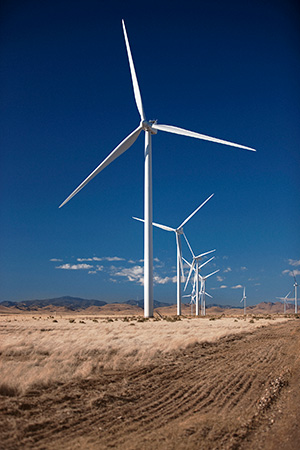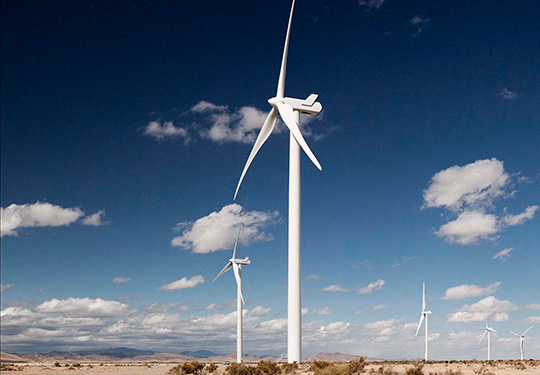PSC Approves Gulf Power’s Oklahoma Wind Power Project
May 6, 2015
Tuesday, Gulf Power received unanimous approval from the Florida Public Service Commission of an agreement that will make the utility a leading purchaser of wind generation among Florida utilities. The agreement is the first of its kind in the state.
The project, called Kingfisher Wind, will be built in central Oklahoma, where conditions are favorable for wind energy.
 “Kingfisher Wind will help Gulf Power add renewable energy that makes environmental and economic sense,” said Jeff Rogers, External Communications manager. “Smart renewables, like Kingfisher Wind, are cost effective for customers.”
“Kingfisher Wind will help Gulf Power add renewable energy that makes environmental and economic sense,” said Jeff Rogers, External Communications manager. “Smart renewables, like Kingfisher Wind, are cost effective for customers.”
The Kingfisher Wind project is expected to begin commercial operation by the end of the year. A total of 89 of the project’s wind turbines will supply 178 megawatts to Gulf Power, which is enough energy to power approximately 50,700 homes per year.
“The power we get from Kingfisher Wind will represent approximately 5 percent of our projected energy mix,” said Rogers. “Wind power helps diversify the power supply and Kingfisher Wind is projected to provide lower overall energy costs.”
This wind project will be Gulf Power’s fifth renewable energy project following the Perdido Landfill Gas-to-Energy Facility, which has produced more than 100 million kilowatt hours of electricity since 2010, and three solar energy projects that are scheduled to begin construction in February 2016.
Gulf Power announced in January that the utility is partnering with the U.S. Navy and U.S. Air Force to build solar energy farms at three different facilities across Northwest Florida.
The solar energy farms have already been approved by the FPSC and will be constructed at Eglin Air Force Base in Fort Walton Beach (30 megawatts), Holley Field in Navarre (40 megawatts) and Saufley Field in Pensacola (50 megawatts) and are expected to be in service by December 2016.
“Adding alternative energy to our portfolio takes careful planning to ensure we provide our customers with what they want and what they need — cost-effective energy that diversifies our power supply,” said Rogers.
Comments
6 Responses to “PSC Approves Gulf Power’s Oklahoma Wind Power Project”




Check out the many wind turbine sites in south Texas !
REGARDING
the question of how electrical power is transmitted:
High voltage power lines are used. Step up transformers raise the voltage greatly to reduce current needed and power loss.
Taken from Wikipedia on electric power transmission:
“a 100 mile 765 kV line carrying 1000 MW of power can have losses of 1.1% to 0.5%. A 345 kV line carrying the same load across the same distance has losses of 4.2%. For a given amount of power, a higher voltage reduces the current and thus the resistive losses in the conductor.”
(dhg again)
MW is million watts
kV is thousand volts
Power is voltage times current. Raise the voltage and you can send more power using less current. Power loss due to resistance is the square of the current times the conductor resistance. Therefore, halving the current flow by doubling voltage reduces power loss to a quarter.
Assuming 1%/hundred miles and 700 miles, you would lose roughly 7% of your input to line resistance. If you assume 4%/100 miles, you would lose about 28%.
David trying to be helpful
RTR, thanks! I obviously don’t understand how the power grid works.
Would that be a direct connection? Or is more of a “I put 178 megawatts into the pot, so I’m taking 178 megawatts out and let’s call it even?
BT, through transmission lines.
Very long drop cord !
How is electricity generated in Oklahoma going to make it to Florida?